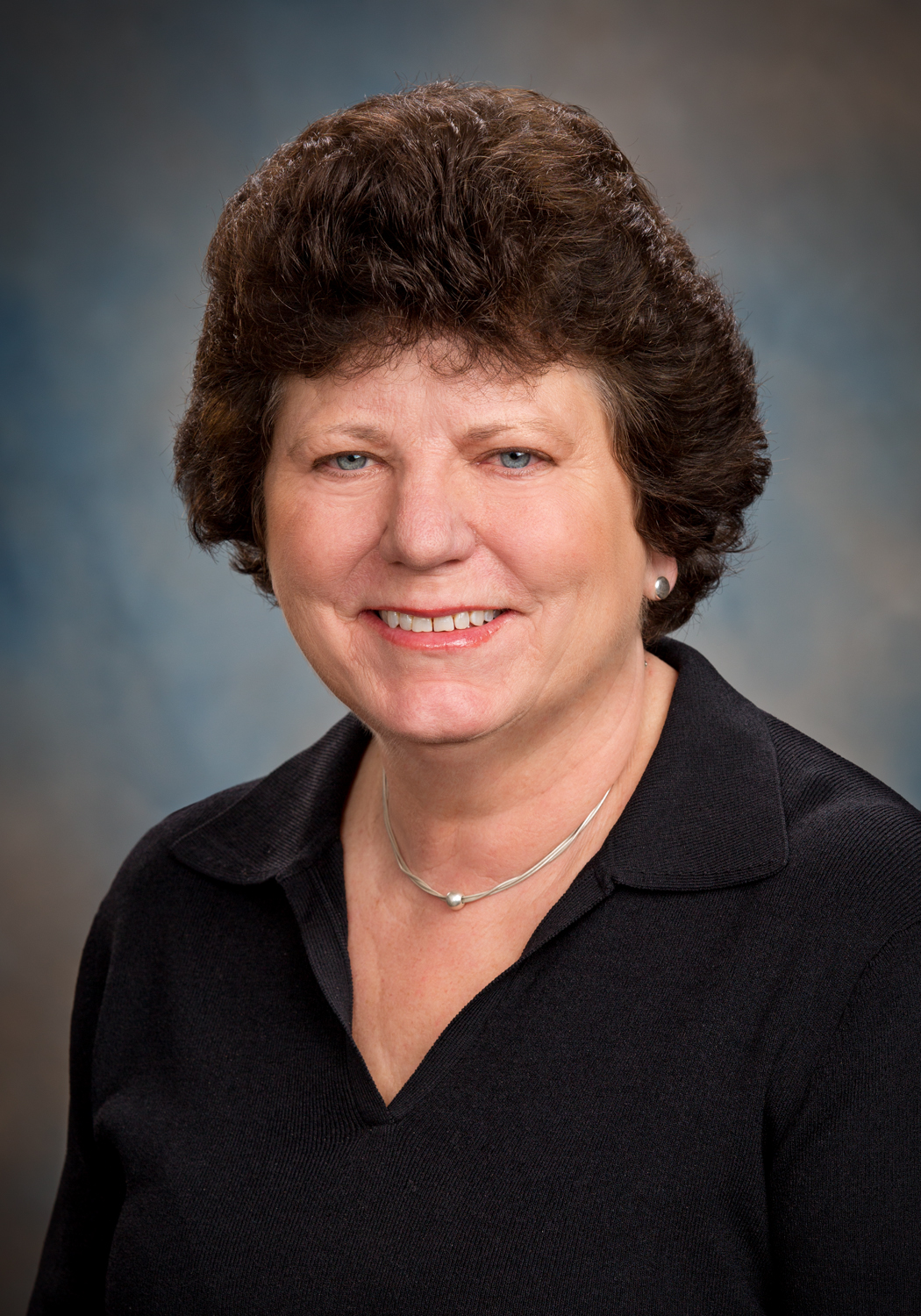
Senior Engineer
Patricia Graef, P.E., Fellow ASHRAE, LEED GA, retired from Munters Corp., Fort Myers, Fla. Patricia Graef has spent the more than 40 years focusing on engineering and developing products that control temperature and moisture in building air as well as the water associated with the processes. Graef received her bachelor of science in mechanical engineering from the University of Florida. In the time Graef has worked for Munters, she has served as a Scientist in the cooling tower division, was the Director of Core Technology for Humidification and Engineering and Development Manager for the HumiCool division. Today she is senior engineer for the Air Treatment division and has more than a dozen international patents in her name.
Graef is a 45-year member of ASHRAE. In ASHRAE she has been a voting member of Guideline 12 Managing the Risk of Legionellosis Associated with Building Water Systems since 1995 and Standard 188 Legionellosis: Risk Management for Building Water Systems since 2004. She has contributed to four ASHRAE handbook chapters including Water Treatment, Humidification, Evaporative Cooling ,and Gas Turbine Inlet Cooling. Graef has shared with the HVAC industry her knowledge by contributing to ASHRAE Handbooks, standards writing, monitoring research projects, and program presentations. Graef is a recipient of ASHRAE’s Distinguished Service Award, Exceptional Service Award and the Award for Distinguished Public Service.
Graef has made numerous technical presentations at ASHRAE, ASME, Power Gen, and the Electric Utility Chemistry Workshop. Her presentations include design, commissioning and maintenance of heat and mass transfer equipment including the chemistry of the service water that is utilized by the equipment. She developed water quality and water usage programs to predict water usage, scaling rates and water blending capabilities. This is used to predict water usage and water blow-down of sprayed tube heat exchangers, evaporative air coolers and humidifiers. Graef developed a program to predict the annual benefit of adding evaporative cooling to the inlet of a combustion turbine generator. The program uses ASHRAE Bin weather data. It checks every hour of the year and calculates the power out-put of the combustion turbine with and without evaporative precooling.
Graef previously served as Society Vice President. Her other recent service includes five years in leadership positions for the ASHRAE Rules Committee, chair of Technology Council, member of the Advanced Energy Design Guide Steering Committee, member of Finance Committee, Standards Committee, Technical Committees (TC) 3.6, Water Treatment, 5.7 Evaporative Cooling and 5.11 Humidification. She also serves on the Board of Governors of her local ASHRAE Chapter.
Graef started her career in new product development over 40 years ago as an application engineer for Munters Corporation. She helped transform the inventions of Carl Munters from his Swedish laboratory to the US and other global markets. These products include cooling towers, mist elimination, evaporative cooling, humidification and dehumidification. Graef further contributed to these innovations with her own patents.
Graef’s comprehensive design and operational portfolio covers manufacturing, testing and application of heat and mass transfer media, application of humidity control in commercial and industrial spaces, adiabatic cooling for agriculture, residential, commercial and industrial spaces. Significant projects in which Graef was involved include Mammoth Pacific Geothermal Facility, Mammoth Lakes, CA, Southern Company, Savannah Electric-McIntosh Plant. Rinken, GA, Union Carbide Company, Taft, Louisiana, General Motors Validation Center, Pontiac, Michigan, Ford Assembly Plant, Norfolk Virginia, University of Georgia, Davis Farm, Athens, Georgia.
ASHRAE has been actively involved in providing information on Legionella since 1979 in response to the first Legionnaire’s disease outbreak in 1976 and the subsequent discovery by the CDC of the causative bacteria – Legionella. While Legionnaire's disease has been known for many years, recent outbreaks have increased awareness of the disease, its causes and prevention strategies. The CDC estimates 8-18 thousand cases per year, of which more than 10% are fatal.
ANSI/ASHRAE 188 first published in June 2015 establishes minimum Legionellosis risk management requirements for building water systems. It applies to human-occupied commercial, institutional, multi-unit residential, and industrial buildings, excluding single-family residential buildings. It is intended for use by owners & managers of human-occupied buildings, excluding single-family residential buildings and also for those involved in design, construction, installation, commissioning, operation, maintenance & service of centralized building water systems and components.
This session provides an overview of Legionella bacteria, its source, how it is amplified, how it is transmitted and who is susceptible. There will be a detailed look at the standard, the background on its development and what is required for its application and adoption. Specific topics include the framework for legionella bacteria control measures, health care facility requirements, requirements for adopting a Water Management Program for specific devices such as cooling towers, ornamental fountains, spas, etc., elements of a Water Management Program, and designer requirements.
A dedicated outdoor air system (DOAS) uses separate equipment to condition all of the outdoor air brought into a building for ventilation and delivers it to each occupied space, either directly or in conjunction with local or central HVAC units serving those same spaces. The building’s local or central HVAC units maintain space temperature. Reasons to use DOAS include energy reductions while ventilation loads remain large, the economic need to balance indoor air quality vs. ventilation operational costs, building closures caused by mold and energy costs during unoccupied hours.
In this session, we will review the psychrometrics of air as it relates to the components used in DOAS. The psychrometric chart helps to understand the current energy state of air, and how much work must be done to change it. Then the logic of DOAS will be discussed including the current energy and market realities favoring DOAS as a standard HVAC component. The individual components, how they work and how they interact with each other will be explained. Components discussed are desiccant dehumidifiers, heat recovery wheels, and direct and indirect evaporative coolers.